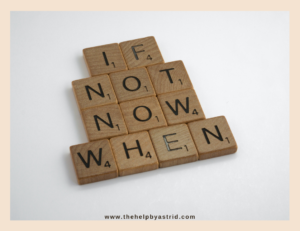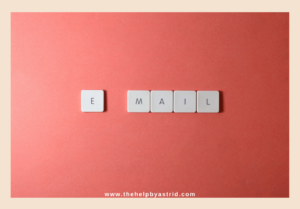
Keeping tabs of everyday tasks is already a huge achievement. But what of annual must-dos? You know, those things that need attention at least once a year? I’m sure you have a lot of those, we all do. Here’s a checklist of 8 things you need to attend to at least once every trip around the sun.
- An annual physical – not sure where the saying ‘healthy as a horse’ came from, but they are known for their super vitality and stamina. You can be ‘as healthy as a horse’, but you still need to see a doctor for an annual check-up at least once a year. It’s a good way to gauge where you’re at in terms of physical health and fitness and to see if you have any health issues that need to be addressed immediately.
- Dental visits – your teeth need regular cleaning, too. Brushing for at least 2 minutes just won’t cut it – because, let’s be honest, some of us rush through that. So, it’s best to get your teeth professionally cleaned and checked at least once a year. Dentists recommend professional cleaning every 6 months.
- Pet check-ups – your pets won’t be able to tell you what’s wrong with them or how they’re feeling. It’s best to take them to a vet for annual check-ups that include blood work. Being proactive means we get to enjoy our best friend’s company for longer.
- Carpet cleaning – when was the last time you cleaned your carpet? If you can’t remember, then it’s been too long. No. Running a vacuum cleaner over it doesn’t count. Your carpets need a deep clean to get rid of the bacteria and grime that has been hiding in it. Roll up your sleeves and purge your carpet with steamers or a soapy bucket. You can also hire a professional to do it, if that’s in your budget. While you’re in cleaning mode, have a go at your oven, gutters, and chimney as well.
- Spring cleaning – spring cleaning doesn’t have to be done in the spring. You can start anytime. So as not to get overwhelmed, choose a room or a section of a room and start there. I usually start with the lowest hanging fruit, my home office – which is easiest for me because I declutter it as a signal that the workday has ended. Then I move on to a bigger space – the living room, and work my way from there. Spring cleaning usually takes me 2 to 3 days or 1 weekend. But, a clean home makes me feel immensely better.
- Battery changing – change the batteries of your:
- smoke detector
- remote controls
- keyboard and mouse
- Kitchen timer
- Garage sensor
- Car keys
- Etc, you get the idea
- Digital decluttering – your digital life needs a decluttering, too. Take a look at your PC desktop and get rid of downloads you have already read or saved off, screen captured images that you can no longer recall what they were for, programs and apps that are old, outdated or have outlived their purpose.
- Check your make-up stash – ladies, check your make-up stash and throw out anything that has already expired. Don’t risk putting on your lips, eyes, face, and skin anything that has been sticking around longer than they should lest you get an infection or a rash.
Do you have more to add to this list? Share them with us in the comments. Remember to work smart and be a blessing to someone today. Stay safe and healthy!
Written by Jaie O. TheHelp



